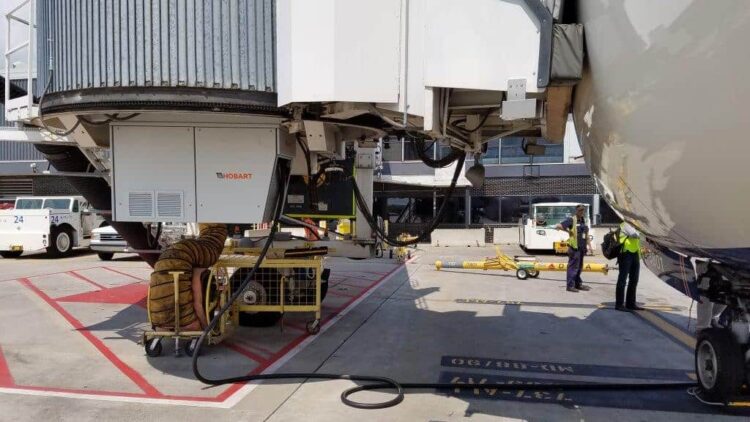
What You Need to Know About Acquiring a GSE Fleet in 2017
Passenger and cargo growth has skyrocketed in the past years, and numbers are rising higher every second. As a result, ground support equipment fleets are becoming more valuable and crucial every moment. Our friends at aviationpros.com highlight the importance of investing in the proper equipment to ensure punctual and accurate maintenance. Josh Smith spells out some important factors to keep in mind when dealing with GSE equipment in his article, “Make the Most of GSE Fleet Management.”
As the aviation/aerospace industry is exponentially expanding, GSE is right on its heals. In order to keep up with the demands, management practices for support equipment operations are continuously evolving to become more expeditious. Various technologies, practices and options are shaping the way that GSE fleets are viewed and handled, Smith denotes. “‘We’ve gotten a lot smarter,’ says Steve Leonard, senior vice president at PrimeFlight Aviation Services. ‘You would put a piece of equipment out there, and it seemed to me like it never got paid much attention to.’” However, today GSE is one of the most valuable elements on the tarmac.
In an extremely fast-paced industry, every detail counts and every portion of the process must be watched and managed with precision – doing so makes a huge difference in credibility for the airline companies and airports. GSE plays a large role in establishing that reliability. Thus, it is imperative that the right gear be chosen for the right enterprise. “In order to make the best decision regarding equipment acquisition, ground handlers and service providers should consider the length of their contract with a customer as well as a size of the station they’re operating at,” Smith says.
With lengthy business contracts, purchasing equipment might be more viable than leasing. In this case, investing in appropriate, quality product is pivotal. Determining whether to acquire new or refurbished units will depend upon the budget and length of time that the equipment will be used. In such a dynamic industry, it is vital to understand which equipment will accomplish which tasks at the best rate. Smith encourages weighing all of the prices, warranty options and previous real-world experience with the chosen equipment.
“Factoring how frequently a specific piece of equipment is used is also crucial to properly managing a GSE fleet,” Smith explains. “Personnel turnover also can play a role in properly maintaining seasonal equipment. If new employees are not trained properly to use and maintain GSE, the equipment’s lifespan can be reduced.” Finding a piece of equipment that also boasts decreased run-time will reduce the amount of maintenance required.
Despite whether the equipment is new or used, it is a priority that it be able to efficiently complete it’s job at the station. “GSE fleet management has changed significantly over the years and will continue to do so. New opportunities – electric/battery-powered ground support equipment, for example – may offer ground handlers an opportunity to decrease its operating costs,” Smith says. “Using sound practices to manage a fleet, and being open to new possibilities, will help companies keep their fleets at peak operation.”





